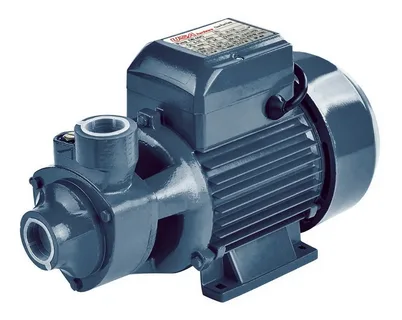Introduction
When it comes to keeping your Volkswagen running smoothly, one crucial component that often goes unnoticed is the VW water pump. Responsible for maintaining the engine's optimal temperature, a well-functioning water pump is vital for performance and longevity. In this comprehensive guide, we'll delve into the why, when, and how of VW water pump replacement to ensure your vehicle operates at its peak.
Why is the Water Pump Important?
The water pump plays a pivotal role in the engine's cooling system. It circulates coolant through the engine, absorbing excess heat and preventing overheating. A faulty water pump can lead to engine damage, reduced fuel efficiency, and an overall decline in performance. Regular maintenance and timely replacement are key to keeping your VW in top condition.
Signs of a Failing Water Pump
Recognizing the signs of a failing water pump is crucial for proactive maintenance. Look out for symptoms such as coolant leaks, unusual engine noises, or an overheating engine. If you notice these indicators, it's time to consider replacing the water pump to prevent further damage.
When to Replace the Water Pump
Routine checks and scheduled maintenance are essential for detecting potential issues before they escalate. However, even with regular inspections, the lifespan of a water pump can vary. As a general rule, consider replacing the water pump every 60,000 to 90,000 miles, or earlier if you notice any signs of malfunction.
Choosing the Right Water Pump
Selecting the right water pump for your VW is crucial for optimal performance. Consult your vehicle's manual or seek advice from a trusted mechanic to ensure compatibility. Choose a high-quality pump from reputable manufacturers to guarantee durability and reliability. Investing in a superior water pump will pay off in the long run, providing peace of mind and preserving your engine's health.
DIY Water Pump Replacement: A Step-by-Step Guide
While some car maintenance tasks are best left to professionals, replacing the water pump is a task that DIY enthusiasts can tackle with the right tools and knowledge. Here's a simplified step-by-step guide:
-
Gather Your Tools and Supplies
- Jack and jack stands
- Wrench set
- Screwdrivers
- Coolant drain pan
- New water pump and gasket
-
Prepare the Vehicle
- Lift the front of the vehicle using the jack and secure it with jack stands.
- Drain the coolant into a suitable pan.
-
Remove the Old Water Pump
- Locate the water pump, typically near the front of the engine.
- Disconnect the hoses and remove the belt that drives the pump.
- Unbolt and remove the old water pump.
-
Install the New Water Pump
- Clean the mounting surface and install the new water pump using a new gasket.
- Reattach the belt and hoses.
-
Refill with Coolant
- Refill the cooling system with the appropriate coolant for your VW.
- Bleed any air from the system to ensure proper circulation.
-
Test Run
- Start the engine and monitor for leaks or unusual noises.
- Check the coolant levels and top up if necessary.
Conclusion
A well-maintained water pump is the unsung hero of your VW's engine, ensuring it runs smoothly and efficiently. By understanding the importance of the water pump, recognizing signs of failure, and following this comprehensive guide to replacement, you can optimize your vehicle's performance and enjoy worry-free driving. Regular inspection and proactive maintenance are the keys to a healthy engine, so don't overlook the critical role that a properly functioning water pump plays in your Volkswagen's overall well-being.


No comments yet